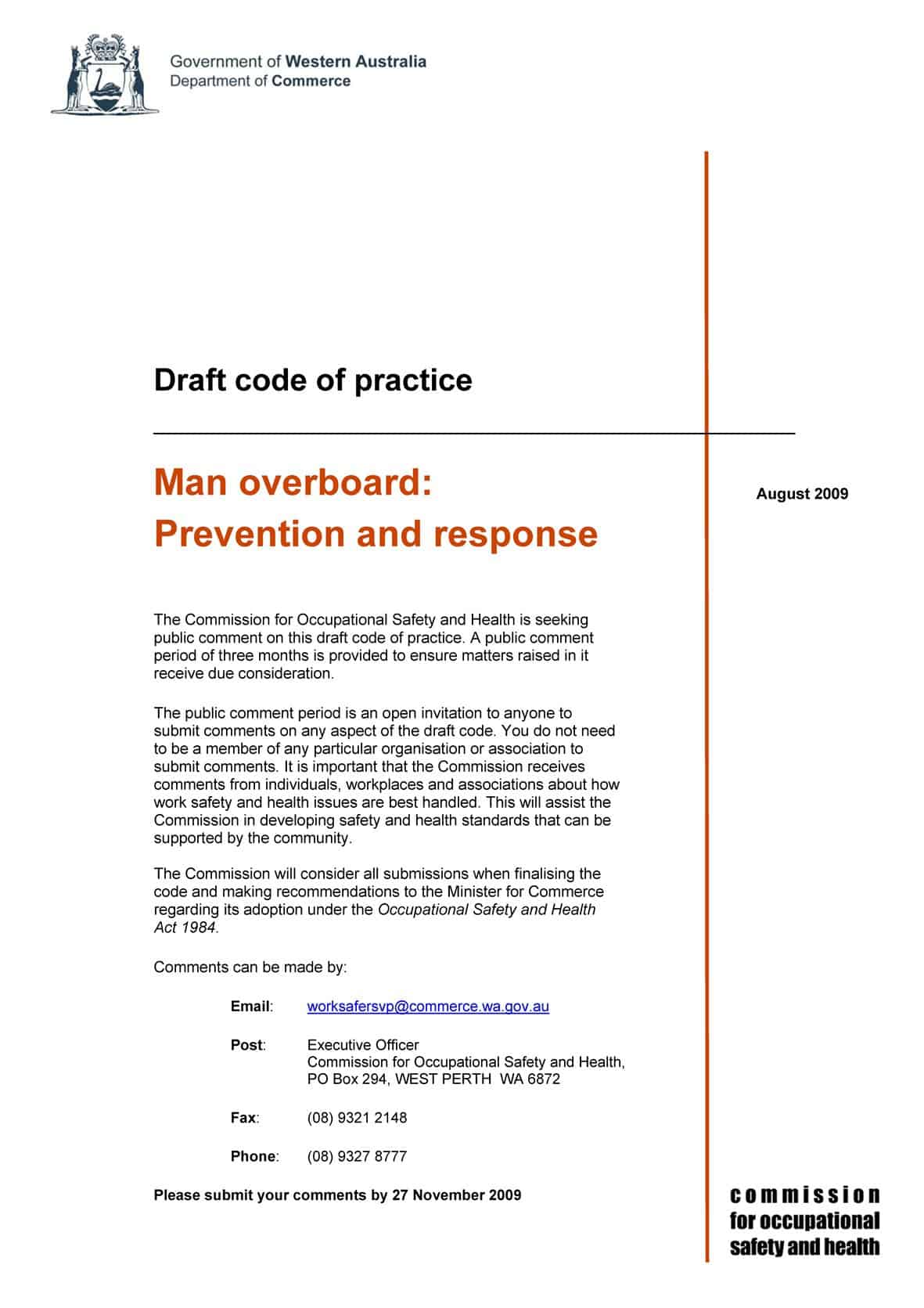Australia is a big country and people work in very remote locations. However OHS obligations do not apply only when it is convenient. The law and duties apply equally wherever work is undertaken.
One example of safety improvements for remote work has been illustrated by the Community & Public Sector Union (CPSU). On 10 November 2009 CPSU informed its members of amendments to the “Remote Travel Standards Operating Protocols”. Some of those changes include
“Travel is twin engine aircraft is usual practise, but staff may be required to fly in single engine aircraft from time to time. Employees will have the choice not to fly on a single engine aircraft if they have legitimate concerns for their personal safety.”
This acknowledges that in the Outback there are not always options but that union members can exercise whatever is available. This also supports the individual’s OHS obligation to keep themselves safe.
Vaccinations for Hep A and B will be offered to employees before their first field trip, during orientation to remote servicing.
This is a standard travel safety option but often applied only for international travel. To offer this domestically is sensible.
The union has also managed to introduce a
Dedicated section in the post trip report for all OH&S issues, including issues in office accommodation, and living quarters.
Traditional wisdom is “be seen, be safe” but this also applies to reporting an OHS matter. If a form does not state that OHS is included, then it is increasingly likely that an incident or issue will not be reported. Organisations also cannot be seen as deterring the reporting of hazards and incidents.
The next option is curious and a trial seems appropriate
Management agreed to a 3 week trial beginning the 6 December 2009 for the use of personal alarms in case employees are confronted with acts of customer aggression, or other dangers in the field. Management will be asking staff for feedback on this, which will inform their decision on whether to provide or not provide personal alarms to employees into the future.
The issues of safety when travelling remotely have been negotiated for many months and the CPSU website posted regular updates on negotiations.
CPSU members and public servants need to travel to remote locations to provide a range of services. For instance, Centrelink’s Annual Report for 2008-09 says that
“Centrelink Mobile Offices, including the Murray-Darling Basin Assistance Bus, continued to travel around rural Australia to provide information and assistance to farmers and small business owners, their families and rural communities.”
These mobile offices covered 40,000 kilometres in one year.
Australia is a big country and urban safety professionals and policy makers need to be regularly reminded that a desk in an office is not a default workplace.
The “Remote Travel Standards Operating Protocols” are not publicly accessible by SafetyAtWorkBlog will provide a link, whenever possible.





